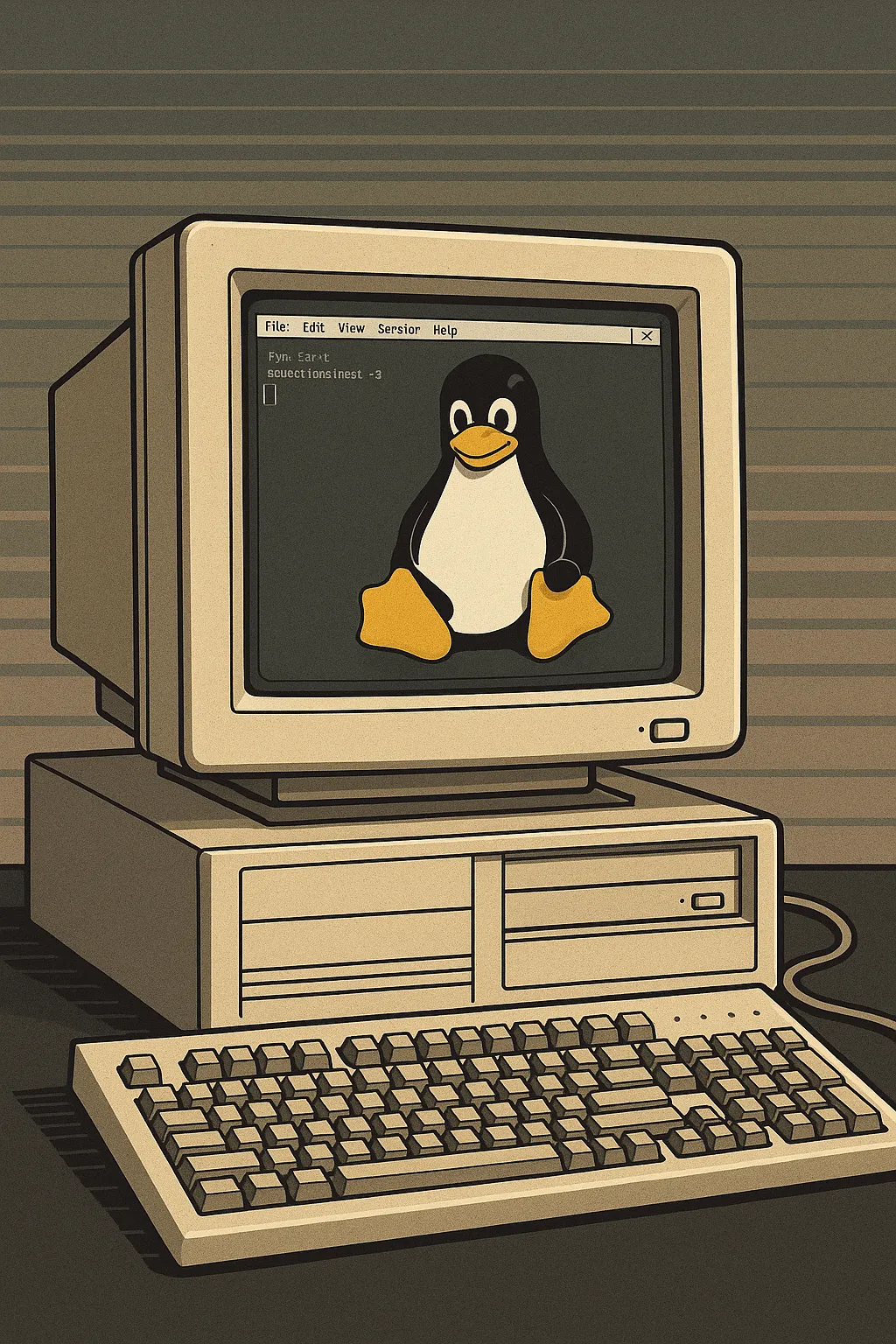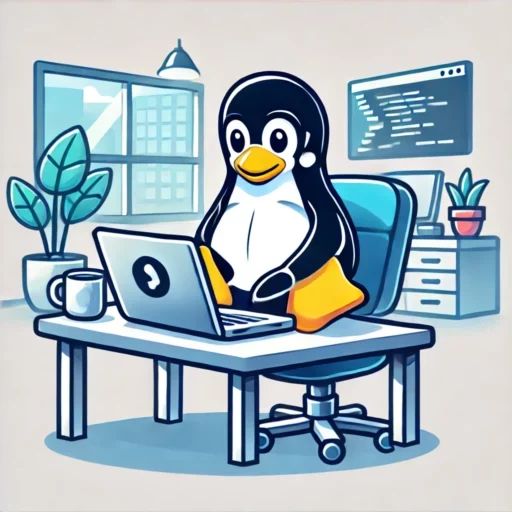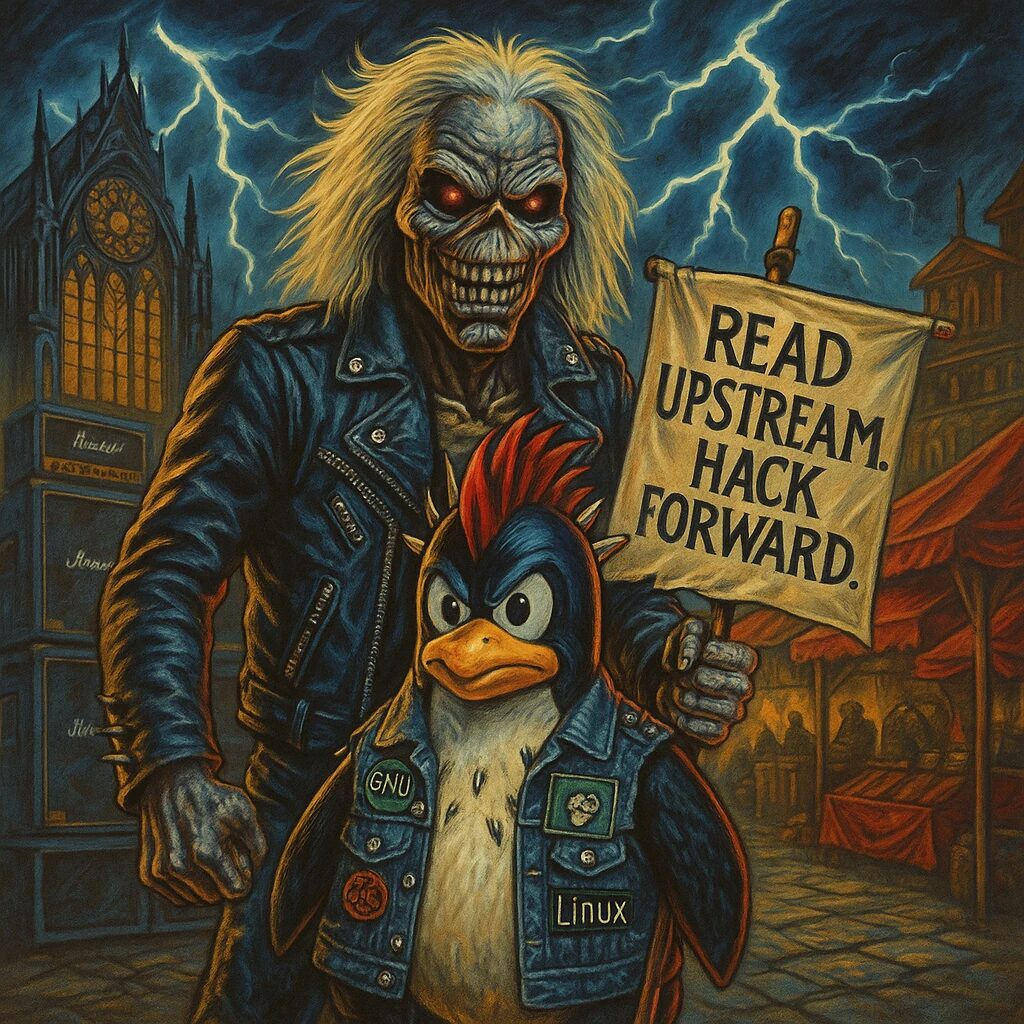A Technologist’s Journey Through Linux from 1996 to Today
Introduction
I began my IT journey in a world ruled by proprietary giants: Banyan VINES for networking, Novell NetWare for file and print services, and Windows NT 3.51 and 4.0 for emerging directory and domain control. These technologies defined enterprise computing in the ’90s—and each carried hefty licensing and hardware dependencies.
In 1996, I encountered Linux not as a passion project, but as a pragmatic solution to a licensing problem. What began as a workaround quickly became the foundation of my entire career. What follows is a personal and technical journey—an evolution of Linux from a scrappy alternative to a global standard.
The Early Days (1996–2001): Tinkering, Teething, and Text-Based Triumphs
Back then, Linux was raw. I remember hand-compiling Slackware kernels, editing XF86Config files to get displays working, and praying for a stable ppp dial-up connection. Hardware compatibility was hit or miss. NICs, sound cards, even mice sometimes required arcane hacks.
Yet even in its infancy, Linux held power:
- No licensing costs.
- Full source code.
- Unprecedented control.
It was a playground for the curious and a lifeline for the budget-conscious. For servers, Linux rapidly replaced costly UNIX systems. My early deployments involved mail servers (Sendmail), file sharing (Samba), and simple web hosting (Apache).
Key struggles:
- Lack of driver support.
- Steep learning curve.
- Fragmentation among distributions.
- Poor commercial support.
Maturity and Mainstreaming (2002–2010): The Rise of Enterprise Linux
The 2000s marked the first major Linux renaissance. Red Hat Enterprise Linux (RHEL) and SUSE Linux Enterprise Server (SLES) formalized Linux for business use. Debian remained the community stalwart, and Ubuntu (2004) made Linux palatable for desktops.
Key technologies matured:
- iptables, replacing ipchains, revolutionized firewall management.
- LVM brought flexible volume management.
- KVM and Xen introduced virtualization.
- Apache + PHP + MySQL (the LAMP stack) powered the early web.
Linux was no longer just an alternative—it was an enterprise platform. But still, challenges persisted:
- GUI environments remained inconsistent and underpowered.
- Application support lagged behind Windows.
- Vendors still preferred proprietary drivers and formats.
Dominating the Datacenter (2010–2020): Linux Ascends the Cloud
The 2010s sealed Linux’s fate as the default server OS. The rise of DevOps, cloud-native architecture, and infrastructure as code happened squarely atop Linux.
Milestones:
- Docker (2013) introduced containerization to the masses.
- Systemd replaced init—controversial, but powerful.
- SELinux, AppArmor, and other hardening tools matured.
- Kubernetes (2014) made Linux the control plane of the cloud.
Cloud giants like AWS, Google Cloud, and Azure all built offerings on Linux. Even Microsoft, once its sworn enemy, embraced it—contributing to the kernel, releasing WSL, and building Linux-based services.
Embedded systems and mobile followed suit:
- Android made Linux the most widely deployed OS on the planet.
- Routers, TVs, IoT devices—all ran Linux under the hood.
Weaknesses addressed:
- Hardware support became robust, thanks to kernel.org and community collaboration.
- Enterprise-grade management tools emerged (Ansible, Puppet, Terraform).
- Professional support from Canonical, Red Hat, and SUSE closed the reliability gap.
Today (2020–2025): Linux as the Global Backbone
Linux today is not one OS, but a family of ecosystems powering nearly everything:
- Servers: From $5 VPS hosts to supercomputers.
- Cloud: 90%+ of workloads on AWS run Linux.
- Embedded: Cars, TVs, routers, medical equipment.
- Mobile: Android dominates smartphones.
- Containers and orchestration: Linux namespaces and cgroups are the heart of Kubernetes.
Its modern strengths:
- Security: Tools like SELinux, nftables, auditd, and eBPF offer enterprise-grade protection.
- Scalability: Easily supports everything from Raspberry Pi to hyperscalers.
- Transparency: Full source code, auditability, and reproducibility.
- Ecosystem richness: Thousands of active projects and libraries.
Its modern weaknesses:
- Fragmentation persists. Differences between distributions still complicate packaging and standardization.
- Desktop Linux remains niche. Despite improved UX, commercial desktop dominance remains out of reach.
- Systemd debates reveal governance tensions—developer centralization vs. open collaboration.
- Vendor influence is creeping back in. The behavior of companies like Red Hat threatens openness.
The Future: Challenges and Opportunities
Where does Linux go from here? A few predictions:
💡 Federated Sovereignty
As geopolitics and digital sovereignty become more pressing, Linux offers nations and institutions control over infrastructure and data. Expect a rise in national Linux distros and open hardware ecosystems.
☁️ Cloud and Edge Convergence
As workloads move to the edge (telco, retail, IoT), Linux will adapt to micro-footprints and zero-touch deployments. Immutable distros like Fedora CoreOS and Alpine will lead here.
🧠 AI and Observability Integration
With eBPF and AI-powered observability, Linux will play a central role in self-healing infrastructure and intelligent fault detection.
🚨 Open Source Governance Will Be Tested
The biggest threat isn’t technical—it’s political and economic. Projects closing source (Elastic, Terraform forks, Redis, RHEL source restrictions) show that open source must defend itself from monetization overreach.
Linux’s decentralized, GPL-powered model must be preserved to ensure its future as a truly free system.
Final Thoughts
What started for me as a workaround for restrictive software licenses turned into a career—and a philosophy.
Linux’s story mirrors the broader struggle between control and freedom, monopoly and community, profit and purpose.
Today, I see Linux not just as a tool—but as a testament to what a global community of developers, administrators, and tinkerers can achieve when united by a shared vision of openness.
And I’m proud to have built a career on it.


